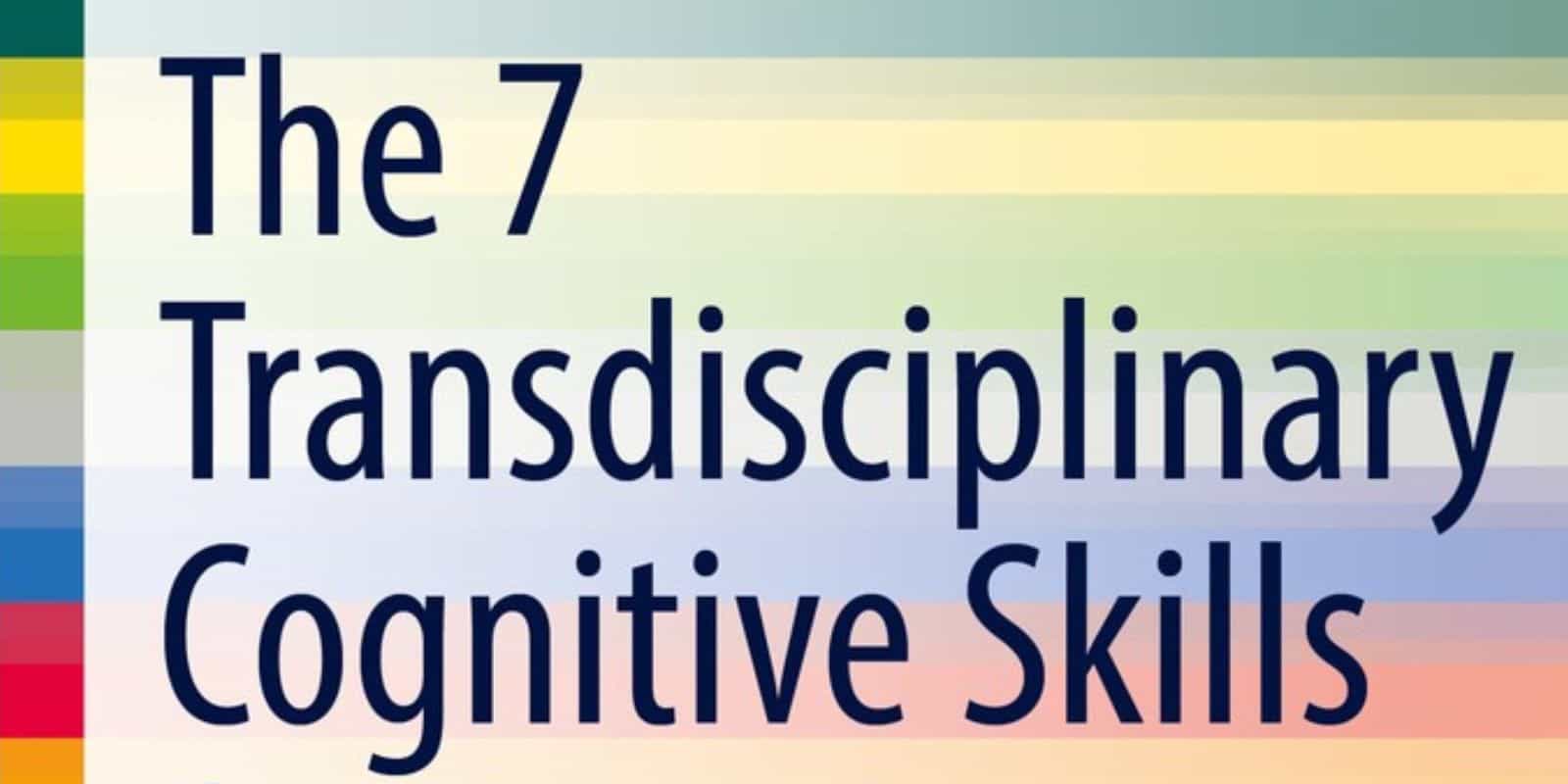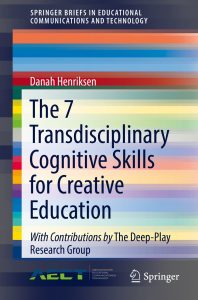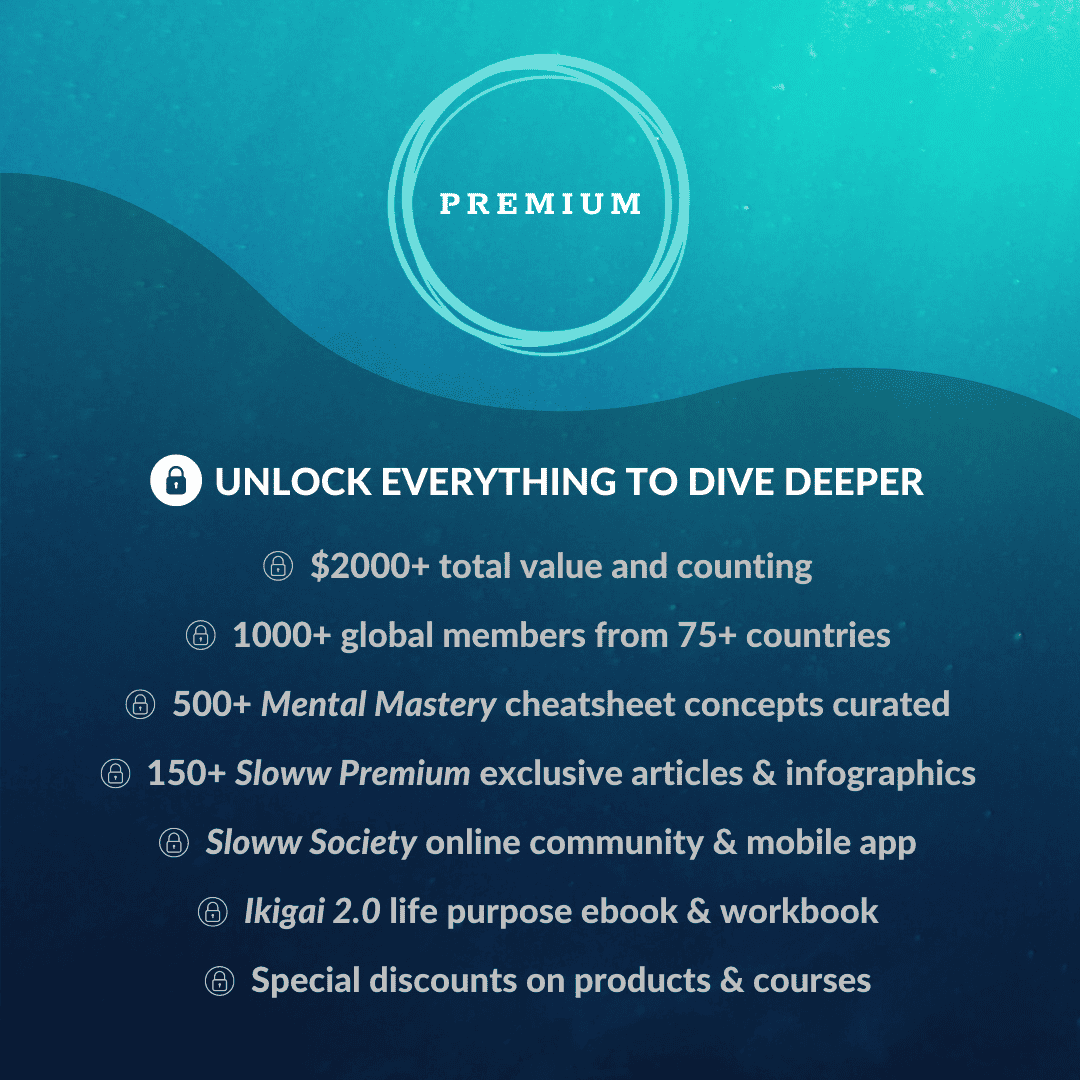This is a book summary of The 7 Transdisciplinary Cognitive Skills for Creative Education by Danah Henriksen (Amazon).
Quick Housekeeping:
- All content in quotation marks is from the author(s) (content not in quotations is paraphrased).
- All content is organized into my own themes (not necessarily the authors’ chapters).
- Emphasis has been added in bold for readability/skimmability.
Book Summary Contents:

7 Transdisciplinary Cognitive Skills for Creative Education (Book Summary)
About the Book
“At its foundation, this is a book about creativity, but it is also broader than that. It is a constellation of interconnected ideas for thinking, learning, and teaching in the twenty-first century.”
- “This constellation of ideas is grounded in timeless ways of knowing, predicated on a set of thinking skills that are rooted in historical exemplars of creativity across disciplines. This book focuses on the construct of transdisciplinary creativity, which is the idea that creativity not only spans the disciplines, but that there are a set of core cognitive skills which span across disciplines, from art to science or music to math, and beyond.”
- “We explored and developed a set of seven cognitive-creative skills for creative thinking across disciplines, which were derived from a larger framework of creative thinking skills developed by Robert and Michele Root-Bernstein.”
- “Inspired in part by the Root-Bernsteins, we analyzed and synthesized seven such ‘tools for thinking’ as being key transdisciplinary skills needed for creativity.”
7 Transdisciplinary Thinking Skills
“Transdisciplinary thinking skills are cognitive tools that emerge and recur through the research on extraordinary thinkers … These skills encapsulate the ways in which creative people and effective learners think. They include: Perceiving, Patterning, Abstracting, Embodied Thinking, Modeling, Play, and Synthesizing.”
1. Perceiving
Observation and imaging come together in the skill of perceiving.
Observing:
- is the first step to understanding anything.
- is a carefully honed skill based on intent focus on, attention to, and curiosity about information gathered through the five senses.
Imaging:
- takes observation to the next level.
- is evoking, or calling to mind the impressions and sensations we have observed, without the physical presence of these things.
- is the recall component of observation (‘mental re-observation’).
2. Patterning
Pattern thinking, unlike thinking with words or pictures, involves the organization of new data, ideas, and concepts in terms of structures and regularities. The Patterning tool works in two parts, including the act of recognizing patterns and forming them.
Pattern recognition:
- is the analytical part of Patterning.
- involves identifying a repeating form or a plan in a seemingly arbitrary arrangement of things or processes.
- is a skill that can be learned, as it is one that is clearly influenced by environment.
- leads to pattern selection.
Pattern selection:
- is honing in on meaningful patterns that achieve a particular need or objective.
- helps to uncover structures and relationships that improve understanding of particular phenomena.
Pattern formation:
- is a skill that builds upon the strengths of recognition and selection in order to create something new—to generate a new rhythm or regularity that serves a desired purpose.
- is a creative move, requiring us to create new patterns.
3. Abstracting
Abstracting means concentrating on one feature of a thing or process, in order to boil it down to basics and grasp its essence (capturing the essential nature of a thing). In order to truly understand a thing and ‘abstract out’ its core properties—the essence of it, or its fundamental nature—you must examine all of its different properties and nuances by experiencing the object using different senses and engaging in a process of analysis that questions these properties and their relevance to the goal being pursued.
Abstraction / abstracting:
- makes comparisons for understanding.
- finds connections to other objects, ideas, or things.
- can yield new insights about an idea, an individual, a thing, or a process.
- involves thinking deeply about an object to discover its fundamental nature.
- involves cutting to the core essence by stripping away details not essential to the task at hand.
- reveals a critical essence of some real object that exists by removing everything except a finite number (often just one) of its key elements.
- can allow us to forge deeper connections and understandings, through a process of analysis as well as through making analogies to other areas.
Analogical thinking / analogizing:
- grasping new phenomena by seeing one thing in terms of another that we have experienced in the past.
- helps us to ‘see’ things in new ways and better understand them through connection.
- categorizing, comparing, and contrasting that can often bring us to a new understanding.
- comprehending a practical similarity between the fundamentals of seemingly disparate things.
4. Embodied Thinking
The field of embodied cognition has been key to recognizing what most of the history of human psychology and learning has ignored—that the mind and body are inextricably linked. Ideas, learning and knowledge arise from our physical experience in the world, and in turn our mental life shapes what we physically perceive. The cognitive tool of embodied thinking involves two skills which feed into each other—kinesthetic thinking and empathizing. These skills blend the physical, the mental, and the emotional aspects of how we think and experience the world.
Kinesthetic thinking:
- thinking with the body, or the physical sensations of feeling, movement, muscles, skin, sinew, posture, touch, balance, etc; and the feelings in the body of movement, balance, and tensions.
- goes beyond perception of our bodies’ current sensations and includes the use of movement and physical senses to aid in reasoning and construction of new knowledge.
- includes how we feel in tactile and emotional ways.
- includes proprioceptive and visceral sensations.
- locates the self in one’s own body or physical presence.
Empathizing:
- understanding or feeling what another person is experiencing, from the other person’s frame of reference.
- imagining oneself in someone else’s position, walking in their shoes, experiencing the world through their eyes, or feeling what they might feel.
- locates the self within ‘another’, which interestingly enough can be another individual or even an inanimate object.
- provides us with an ability to understand a situation and other people or parties without having to accept or agree with their points of view.
- is the ability to identify with and understand the feelings and experiences of another, or to imagine what it would be like to view the world from another’s perspective.
- can form the basis for developing shared understandings, respect for differing perspectives, and cross-cultural competency for meaningful participation in a pluralistic society.
- enhances objectivity and legitimate understanding of a situation (If we are not able to fully consider and understand perspectives, experiences and situations that are different from our own, then we are shackled by the boundaries of our own life experiences and view of the world. It is only a person who practices empathy who can step outside of their own experience to consider a range of alternative factors, circumstances and points-of-view—and thus is truly capable of being objective.).
Cognitive empathy (or perspective-taking):
- the conscious, intellectual process of trying to interpret the emotional state or point of view of another.
Emotional empathy:
- the unconscious, affective response to another’s emotional state.
Compassionate empathy (or empathic concern):
- the drive to act once one recognizes and responds affectively to another’s emotional state.
5. Modeling
Modeling builds on information gathered through the use of previous cognitive tools. To create a model is to represent something in real or theoretical terms in order to study its nature, composition, or purpose. Modeling is a process (such as the process of observing or the process of abstracting) and also a competency (such as the ability to create, sketch, program or form).
- is how we represent new ideas, build theories, and test their veracity.
- is designed to depict an actual or hypothetical real-life situation.
- requires us to create a representation (whether scaled down, or scaled up) of some sort of artifact, phenomena, idea, or process (in order to make it more conceptually manageable).
- characterizes and embodies the aspects of something that are critical to how it functions and/or to its structure.
- can be representational (or physical), functional, theoretical, or imaginary.
- calls on the imagination, the observation, the understanding, and the engagement of the modeler.
- requires the use of abstractions or analogies, and the facility of dimensional thinking (our thinking with respect to space and time).
6. Playing
Playing is something that we do just ‘for the fun of it.’ It may involve creating new rules or breaking the existing ones of established procedures. Simply put, ‘play’ is using knowledge, body, mind and abilities for the pure enjoyment of using them.
- is a childlike joy in the endeavor at hand, an irreverence for conventional procedure, purpose or the ‘rules of the game.’
- is voluntary (people choose to do it rather than having it imposed).
- is intrinsically motivating (the ‘just for fun’ aspects separates play from external rewards or incentives).
- can engage both mind and body, tapping physical and cognitive ability.
- differs from other behaviors because of its imaginative quality.
- is often linked to enriched thinking, more flexible brains, and the ability to improvise (which leads to a ‘mental suppleness’ and a broader vocabulary of behaviors across the span of development).
- integrates fun and work rather than compartmentalizing the two between personal and the professional spheres (if work has intrinsically motivating value (and external rewards are not the prime motivator), it can often be akin to play).
Deep or transformational play:
- is characterized not just by aimless games or playground antics (though all play has its value in turn) but as a cognitive skill that occurs whenever people ‘play’ with ideas, signs, symbols, or artifacts in a somewhat open-ended way, just to see what comes of it.
Practice play:
- contributes to the development of some sort of skill set.
Symbolic play:
- can involve meaning making and the use of objects in ways other than their original intent.
Game play:
- involves creating rules dictating the parameters of play, transforming helter-skelter play to a more purposeful activity.
7. Synthesizing
The final cognitive tool ties together all of the previous ones. Among these meta-level thinking skills for creativity, synthesis is unique in being yet a further meta-level of the other skills. Synthesizing entails putting different ways-of-knowing together, into synthesized knowledge. When we fully understand something, our feelings, senses, knowledge, and experiences come together in a multi-faceted and cohesive way. A person feels what they know and knows what they feel. When feeling and thinking work together, creative and intellectual processes are far more powerful and are described as ‘synesthetic.’ Developing a coherence of meaning across multiple sources (synthesis of meaning) is an essential foundational step before we can move on to more generative forms of thinking (creative synthesis).
Synthesis:
- involves multiple aspects of thinking and the combination of the other transdisciplinary thinking skills (perceiving, patterning, abstracting, embodied thinking, modeling, and play) into a new combination that represents an original kind of knowing (this lies at the heart of the idea of combinatorial creativity, where new ideas emerge from the combinations and tweaking of existing ideas in novel ways).
- is the root of true understanding (understanding something transcends merely knowing it as a discrete piece(s) of information).
- involves the bringing together/blending of existing elements into some kind of newly constructed knowledge or novel creative work.
- is a creative act that transforms and transcends the original material (produces something novel out of different but often pre-existing elements).
- requires that we put multiple ways-of-knowing together (when we fully understand something, our feelings, senses, knowledge, and experiences come together in a multifaceted and cohesive kind of knowing).
Synthesis of meaning:
- arrange, categorize, collect, summarize.
- is the simple combination of sources.
- occurs when a multiplicity of sources are integrated together to find coherence of meaning across these diverse sources.
- is the act or product of juxtaposing or sequencing of a variety of elements from multiple sources.
Creative synthesis:
- create, develop, design, generate.
- integrates senses, knowledge, and experiences as they come together in a multifaceted and cohesive manner.
- is a generative activity that transcends the information upon which it is based.
- transforms information in new ways, and leads to new knowledge and understanding.
- leads to new experiences, new insights, and new ideas (is a quintessential higher-order thinking activity).
Creativity means ‘NEW’:
- Novel, Effective, Whole: The creative process yields things that are not just new or interesting, they are useful or effective, and they have a certain aesthetic sensibility, which is tied to their specific context—the whole. Creative work is often viewed through the perspective of generating NEW products (ideas, objects, processes, etc., that are novel, effective and whole). Synthesis draws upon existing elements to put the pieces together in ways that are—or that feel—novel, effective, and whole.
You May Also Enjoy:
- Introduction to Interdisciplinary Studies by Allen Repko, Rick Szostak, and Michelle Phillips Buchberger | Book Summary
- A Synthesizing Mind by Howard Gardner | Book Summary
- Metathinking by Nick Shannon and Bruno Frischherz | Book Summary
- Make It Stick by Peter Brown, Henry Roediger III, and Mark McDaniel | Book Summary | 🔒 How to Apply It
- Range by David Epstein | Book Summary
- Ultralearning by Scott Young | Book Summary
- How to Read a Book by Mortimer Adler | Book Summary | 🔒 How to Apply It
- How to Take Smart Notes by Sönke Ahrens | Book Summary 1, 2 | 🔒 How to Apply It






Leave a Reply